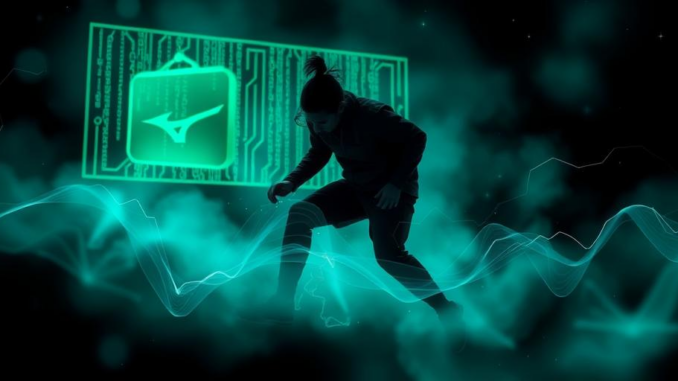
Summary
Mizuno USA suffered a two-month-long undetected ransomware attack, exposing sensitive customer data including Social Security numbers and financial information. The BianLian ransomware group claimed responsibility, highlighting the growing threat of data exfiltration in ransomware attacks. Mizuno’s delayed disclosure and limited communication raise concerns about transparency and corporate preparedness in the face of cyber threats.
Explore the data solution with built-in protection against ransomware TrueNAS.
Main Story
So, you heard about the Mizuno USA ransomware attack, right? It’s a pretty grim story, actually. It really highlights the way things are going with cybersecurity these days. Apparently, those hackers were lurking inside their network for a full two months! Can you imagine? From late August to the end of October 2024, completely undetected. It wasn’t until November 6th, when something seemed ‘off,’ that they started digging.
And what they found wasn’t pretty. We’re talking names, Social Security numbers, bank account details… even driver’s licenses and passport numbers. It’s the kind of stuff that nightmares are made of. And that’s not to mention the huge risk of identity theft and financial fraud for anyone affected. I mean, what can you do when your personal data is just out there?
BianLian, this ransomware group with possible ties to Russia, took credit for it back in November. It’s always the sophisticated groups isn’t it? These guys aren’t new to this game; they go after big targets, grab all the sensitive data they can find, and then deploy the ransomware. And let’s be clear, this isn’t just about locking up files anymore. It’s about extortion, pure and simple.
Mizuno’s response? Well, it’s been a bit of a mixed bag. On one hand, they’re offering a year of free credit monitoring, which, let’s be honest, is a start. That said the delayed disclosure and a real lack of clarity around the number of people affected, well it leaves you with more questions than answers. Like, how bad is it, really? They filed a report with the Maine Attorney General, but the whole situation just feels… murky.
This whole thing just underscores the way ransomware attacks are changing. This isn’t just about encryption anymore. I had a professor in college who always said to assume you have already been breached. The scary part is they’re right. Instead they’re stealing data before even thinking about deploying the ransomware, using the threat of public disclosure as a weapon. Talk about high pressure, right? Companies are caught between a rock and a hard place: pay up to keep the data secret or face the reputational hit and, possibly, legal action. What’s an org to do?
Mizuno USA’s experience is a clear indication of the need for strong cybersecurity measures. Early detection is paramount. A good incident response plan is critical, you’ll never know when you need it. And let’s not forget the importance of transparency. When something like this happens, you’ve got to be upfront with the people affected and the regulatory bodies, which can be a big task, I get it. As cyber threats get even more advanced, organizations need to make security a priority and invest in proactive measures. Otherwise, they’re just putting themselves and their customers at serious risk.


Given the two-month undetected intrusion, what specific preventative measures, beyond incident response plans, could have potentially alerted Mizuno USA sooner to the anomalous activity within their network?
Great question! Thinking beyond incident response, robust intrusion detection systems (IDS) with machine learning capabilities could have been beneficial in spotting that anomalous behavior earlier. User and Entity Behavior Analytics (UEBA) too, as they establish baselines and detect deviations. What other technologies do you think organizations should be exploring?
Editor: StorageTech.News
Thank you to our Sponsor Esdebe
Given the two-month dwell time, what endpoint detection and response (EDR) solutions were in place, and how were their alerts managed and triaged? Could a different configuration or more aggressive threat hunting have shortened the detection window?